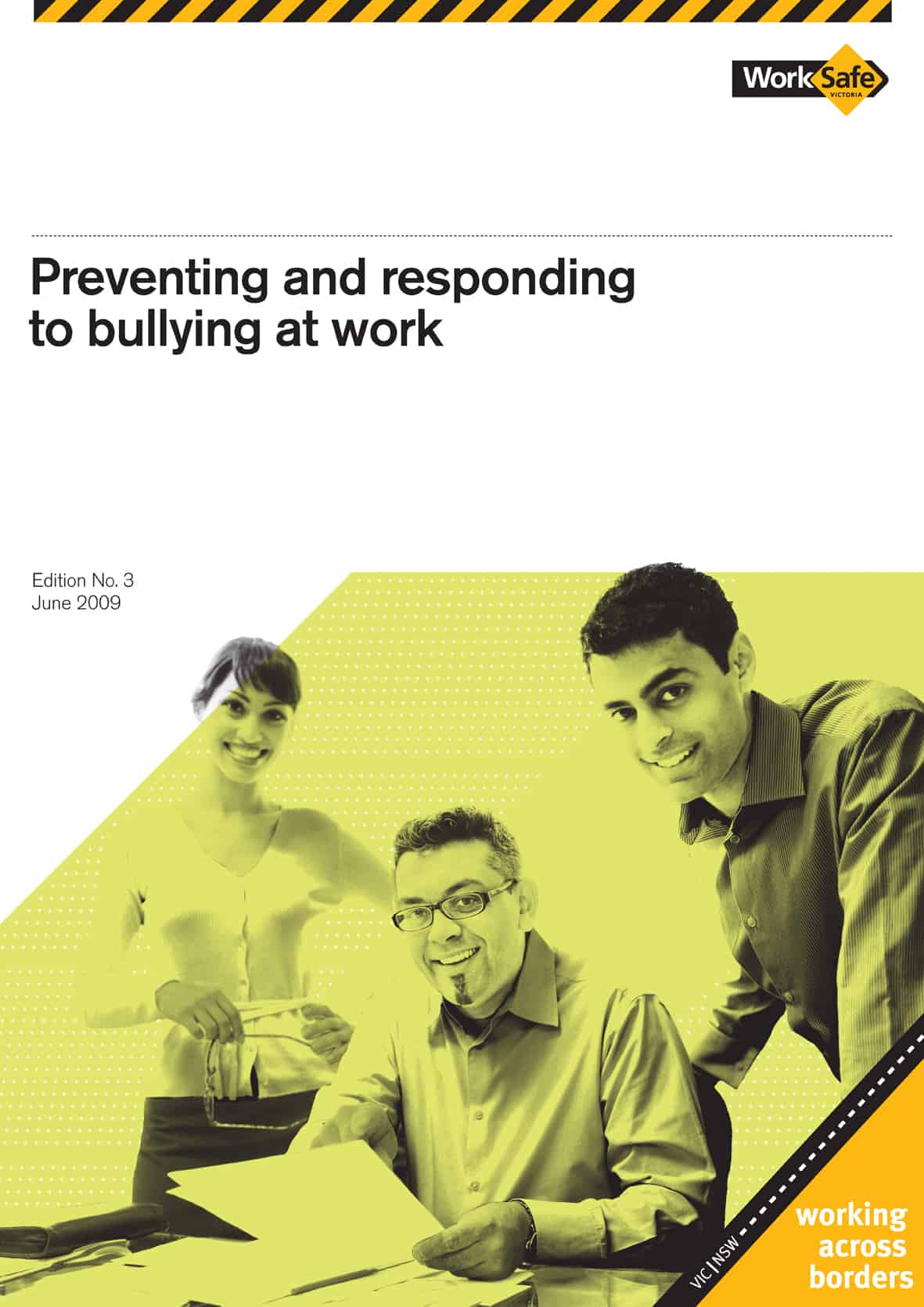“….I would ….suggest that government (as employer and dutyholder, and as policy maker) can, and should, be an exemplar of OHS best practice. By taking the lead in the systematic management of occupational health and safety, government can influence the behaviour of individuals and firms upon whom duties are imposed by the OHS legislation.”
In 2004, Chris Maxwell QC wrote the above words in his review of the OHS legislation in Victoria. According to a report in the Australian Financial Review (only available by subscription or hard copy) on 6 April 2010, the Minister for WorkCover, Tim Holding, seems to share some of Maxwell’s view. Holding is reported to have said in a speech that
“The truth is that the performance of workplace safety in the Victorian public service continues to be lamentable Continue reading “Minister says public service safety performance is lamentable”

